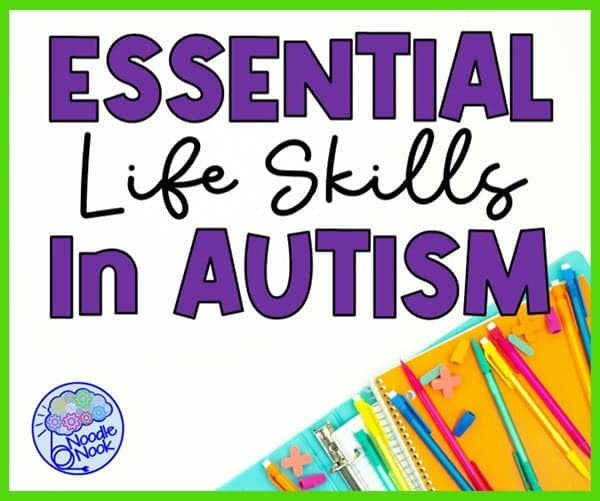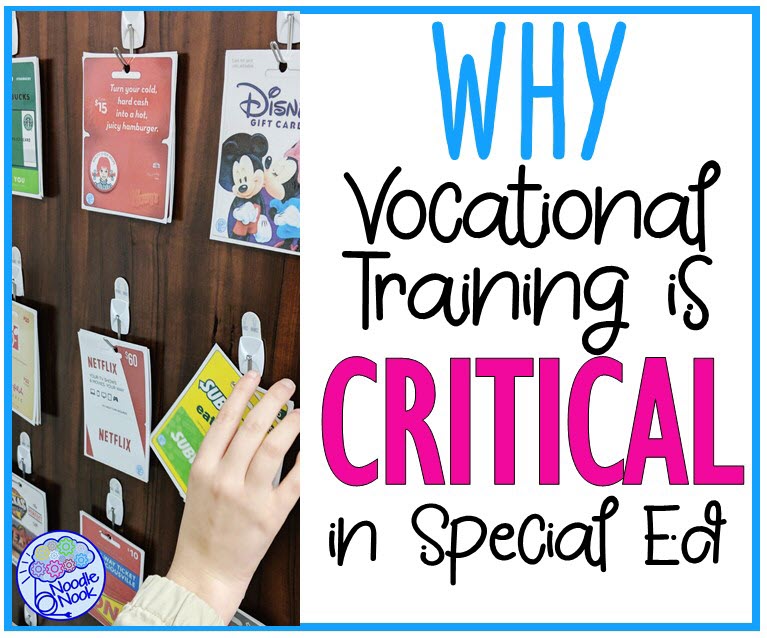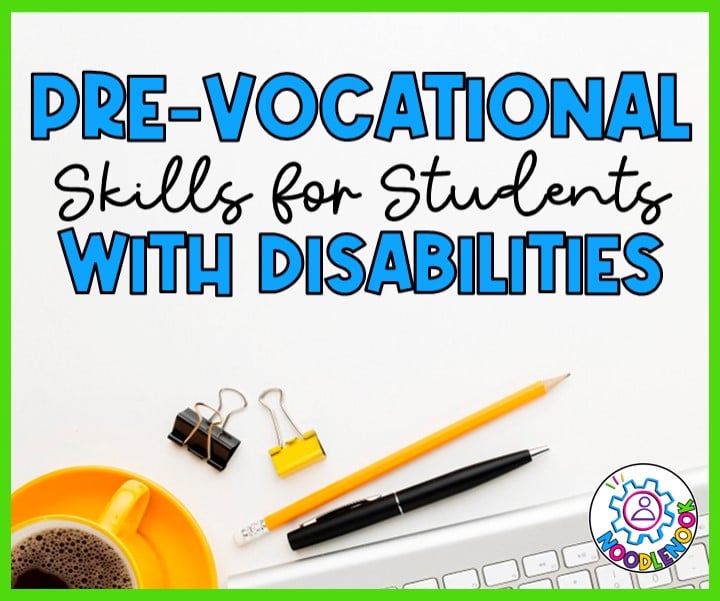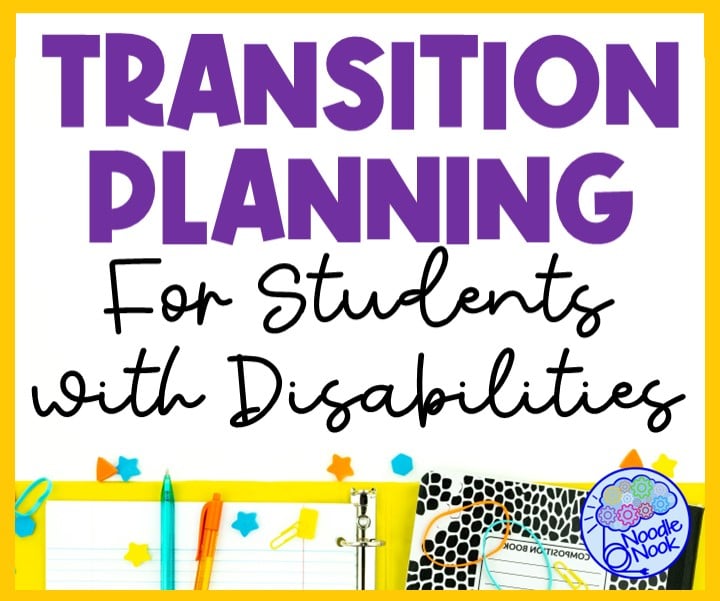Community-Referenced Instruction (CRI) is an educational approach that any teacher can incorporate into their traditional classroom instruction. CRI relies more on teaching practical skills and knowledge to students using the context of their everyday lives within their communities.
For some, this sounds like a replacement of academic instruction with functional lessons, but that is not necessarily true. Most learners benefit from seeing real-world context and real-life applications of the skills as they learn them. Not only does that help a learner understand how to use the skill, but it also helps learners know when to apply it. This everyday application of classroom lessons is a bridge between academics and functional learning.
Is CRI different than CBI?
It’s important to distinguish CRI from Community-Based Instruction (CBI). While both approaches share the goal of connecting learning to real-world experiences, there’s a key difference in their delivery.
CBI typically involves planned trips outside the classroom where students directly apply academic skills in community settings. Think of a field trip to a grocery store where students practice budgeting skills while selecting ingredients for a recipe.
CRI, on the other hand, focuses on integrating real-world context within the classroom itself. Teachers might use local businesses or community resources as examples during lessons, or role-play social interactions students might encounter in their communities.
So, CRI equips students with the knowledge and tools within the classroom, preparing them for successful application when they venture out into the community through CBI experiences. These approaches work hand-in-hand to create a comprehensive learning experience that bridges the gap between academics and practical life skills.
Benefits of Community-Referenced Instruction
In addition to learning how and when to apply knowledge and skills, community-referenced instruction offers tons of benefits to learners, specifically those with complex access needs (CAN).
Overall, CRI offers tons of benefits to students with complex access needs as they bridge the gap between academics and functional life skills. All of this sets them up for success in life after graduation.
Grab this Freebie!
Snag this FREE activity for your students today! You can target functional life skills that align with academic standards and your students will actually LIKE it!
Yeah, it’s like self-cleaning glitter… magical, but made with teachers in mind.
Remember, adaptations are key. Can your students easily add? Then make change, layer on discounts or coupons, or work with multiple of specific items (done easily with dice). The key is things like this reference the real world, are engaging for students, and help target academic AND functional skills. Win-Win-Win!
Learn More about CRI & CBI
Transition, CBI/CRI/CBVI, and 18+ programming for students with complex access needs is my jam! I love sharing information to help teachers send student off into the world of adulting primed for success. Here is some helpful content to get you going in the right direction:
Building Life Skills
As you build student skills, specifically those functional skills that allow students to live more independently after graduation, you’ll want to check out these posts:
Building life skills in students includes promoting independence. It also means community involvement and applying academic skills learned in the classroom in real-world ways.
Vocational Skills Development
Using community-referenced instruction along with community-based instruction can help students build the vocational skills they need for life after graduation. Our ultimate goal is that students contribute to the maximum extent possible in their personal care and cost of living. Learn how to set them up for independence!
Building pre-vocational skills through community-referenced instruction within the classroom can support academic and functional skills, all while teaching job skills. That’s a win-win-win!
Transition Planning & IEP Goals
To have successful community-referenced instruction within your classroom, it’s more than just the activities and lessons… It’s about the paperwork and the planning!
Are your students ready for adulthood? Make sure you grab the practical strategies from these posts and help your students gain the skills they need for adulting.
Want to Learn More?
There are tons of ways to support students with complex access needs to be more successful with academic and functional skill building through community-referenced instruction. If you’d like to learn more, join in on some professional development with me!
You can learn in person, virtually, or online. The choice is yours! Check out my upcoming in-person events. Tell your administrators that you need some sped-focused PD and have me out in person or virtually. They can email me here.












